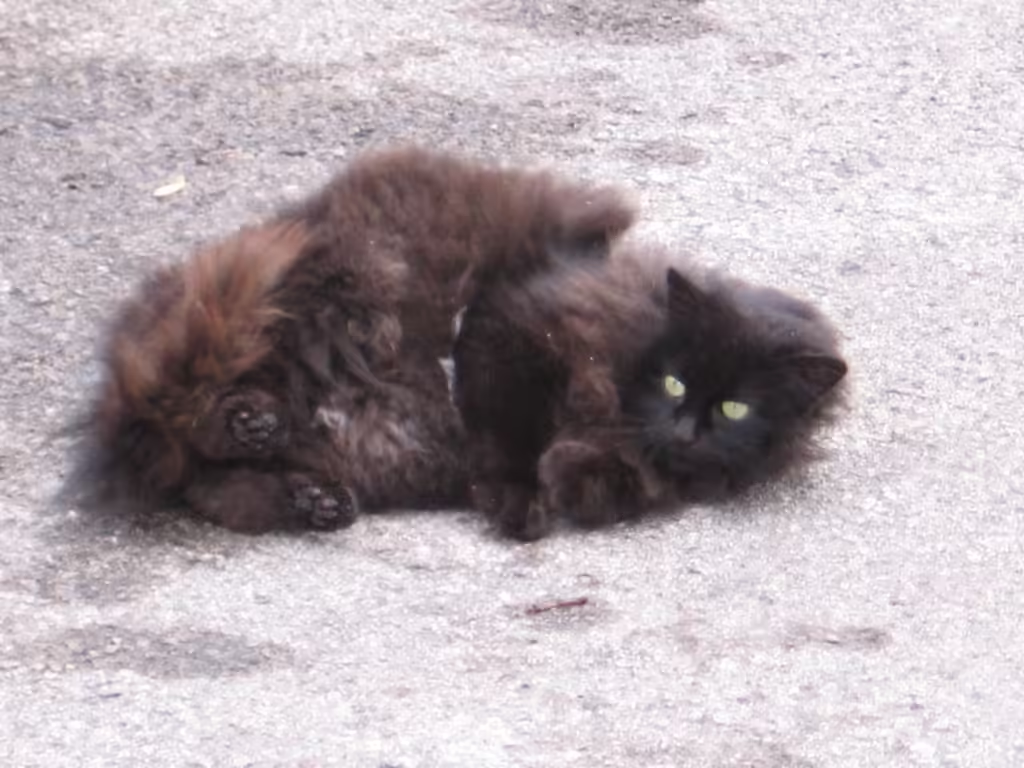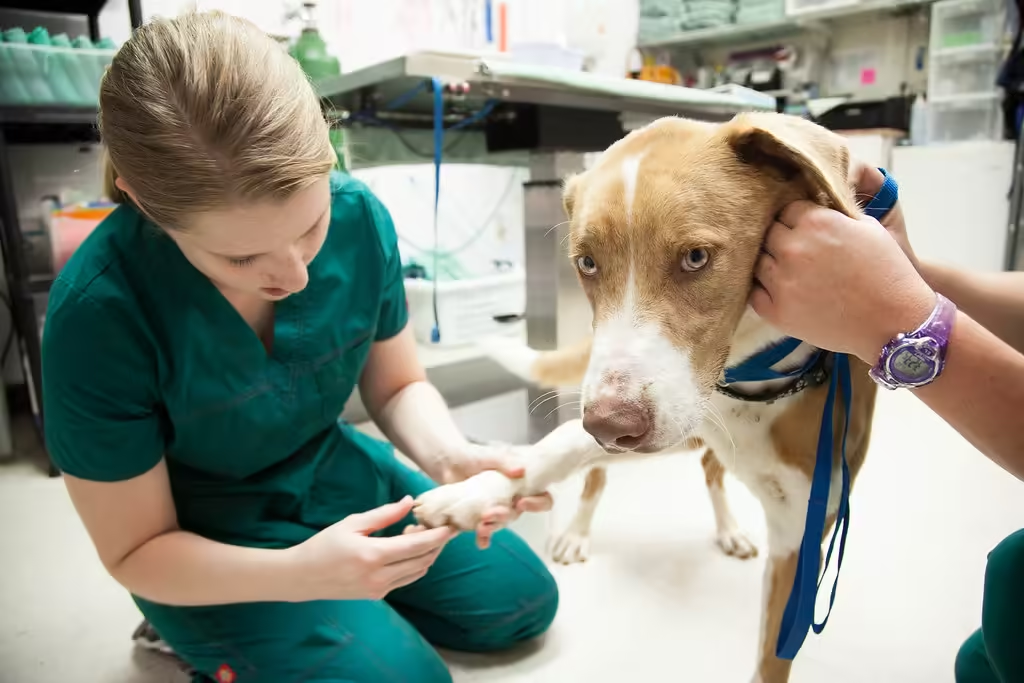Seeing your cat vomit can be distressing. While occasional vomiting is common in felines, understanding the causes and implications is crucial for their health. This guide will explore everything you need to know about cat vomiting, including an informative cat vomit color chart to help you identify potential health issues.

Why Do Cats Vomit?
Cats may vomit for various reasons, some benign and others more serious. Here are the primary causes:
1. Dietary Indiscretion
Cats are naturally curious and may consume non-food items, leading to gastrointestinal upset. Items like plants, strings, or household objects can irritate their stomachs.
2. Hairballs

Long-haired cats are particularly susceptible to hairballs. As they groom themselves, they ingest hair, which can accumulate in the stomach and cause vomiting. Regular brushing can minimize hairballs.
3. Food Sensitivities or Allergies
Some cats have allergies to specific ingredients. If you notice vomiting after feeding a particular food, consult your vet about possible dietary changes. Also do you know now you can have an hypoallergenic cat if you are suffering from allergies related to cat fur.
4. Rapid Eating
Cats that eat too quickly may swallow air along with their food, leading to vomiting. Slow-feed bowls or puzzle feeders can help regulate their eating pace.
5. Infections and Illnesses
Vomiting can indicate more serious conditions such as infections, kidney disease, pancreatitis, or hyperthyroidism. If vomiting persists, it’s essential to see a veterinarian.
6. Stress or Anxiety
Cats can be sensitive to changes in their environment. Stressful situations, such as moving homes or introducing new pets, may trigger vomiting.
Understanding Cat Vomit Color Chart: What It Means
The color of your cat’s vomit can provide valuable insights into their health. Use the chart below to help interpret what the color might indicate:
| Vomit Color | Possible Causes | Action |
|---|---|---|
| Clear | Stomach fluid, possible nausea | Monitor for additional symptoms; consult a vet if persistent. |
| Yellow (Bile) 🟡 | Empty stomach, possible gastrointestinal issues | May be normal if occasional; consult a vet if frequent. |
| Brown 🟤 | Digested food, may indicate a serious issue | Seek veterinary care, especially if it appears more than once. |
| Red (Blood) 🔴 | Gastrointestinal bleeding, serious conditions | Emergency veterinary care needed immediately. |
| Green | Ingested plants or toxins | Contact your vet right away; potential poisoning. |
| Foamy or Mucus | Stomach irritation or hairballs | Monitor closely; consult a vet if vomiting continues. |
When to Seek Veterinary Care

It’s essential to recognize when vomiting requires professional attention. Contact your veterinarian if your cat experiences:
- Persistent Vomiting: More than two episodes in 24 hours.
- Blood in Vomit: This is a medical emergency.
- Lethargy or Behavioral Changes: Signs of distress or pain.
- Dehydration Signs: Such as dry gums or a loss of skin elasticity.
- Changes in Appetite or Weight: Sudden weight loss or refusal to eat.
How to Manage Occasional Vomiting at Home
- Monitor Your Cat’s Diet: Keep track of what your cat eats and when they vomit. Consider keeping a food diary.
- Adjust Feeding Practices: Use slow-feed bowls to reduce the risk of rapid eating.
- Maintain Hydration: Ensure your cat always has access to fresh water, especially after vomiting.
- Regular Grooming: For long-haired cats, regular brushing can help reduce hairballs.
- Create a Calm Environment: Reducing stressors in your cat’s environment can help alleviate anxiety-related vomiting. Still if it persists then do check the above cat vomit color chart for reference.
FAQ’s related to Cat Vomit Color Chart
What Color of Vomit is Bad for Cats?
Red (Blood): This is a serious concern and requires immediate veterinary attention as it may indicate gastrointestinal bleeding.
Brown: This can also be a sign of digested blood or other serious issues and should be evaluated by a vet.
Green: This might suggest that your cat has ingested something toxic or harmful, warranting an urgent vet visit. You can also check the above Cat Vomit Color Chart for reference.
Why is My Cat Vomiting Yellow?
Yellow vomit typically indicates bile, which may occur if your cat’s stomach is empty. This can happen if they haven’t eaten for a while. While occasional yellow vomit can be normal, frequent occurrences may signal underlying gastrointestinal issues, and it’s best to consult a veterinarian if it persists.
What Type of Cat Vomit is Normal?
Clear vomit can be considered normal in some situations, especially if it happens occasionally. It may just be stomach fluid. Additionally, hairballs are common in cats, particularly those with long fur. If your cat vomits infrequently and appears healthy otherwise, it may not be a cause for concern.
Is Orange Cat Vomit Normal?
Orange vomit may indicate a mix of bile and partially digested food. It can sometimes be a result of dietary choices. While it may not be immediately alarming, if it occurs frequently or is accompanied by other symptoms (like lethargy or loss of appetite), it’s advisable to consult your veterinarian to rule out any health issues.
Conclusion
While cat vomiting can be concerning, understanding the causes and implications can help you respond appropriately. Always pay attention to the color of your cat’s vomit and other symptoms to determine whether a visit to the vet is necessary. By staying informed and proactive, you can ensure your feline companion remains healthy and happy. Hope this Cat Vomit Color chart will useful for all readers.
Do check Best Wet Cat Food – Make your Cat Happy
Thanks for your visit our website Pet N Health, do visit us again for more.
Excellent send more such aricle in future too
Good and practical article
Exceelent information